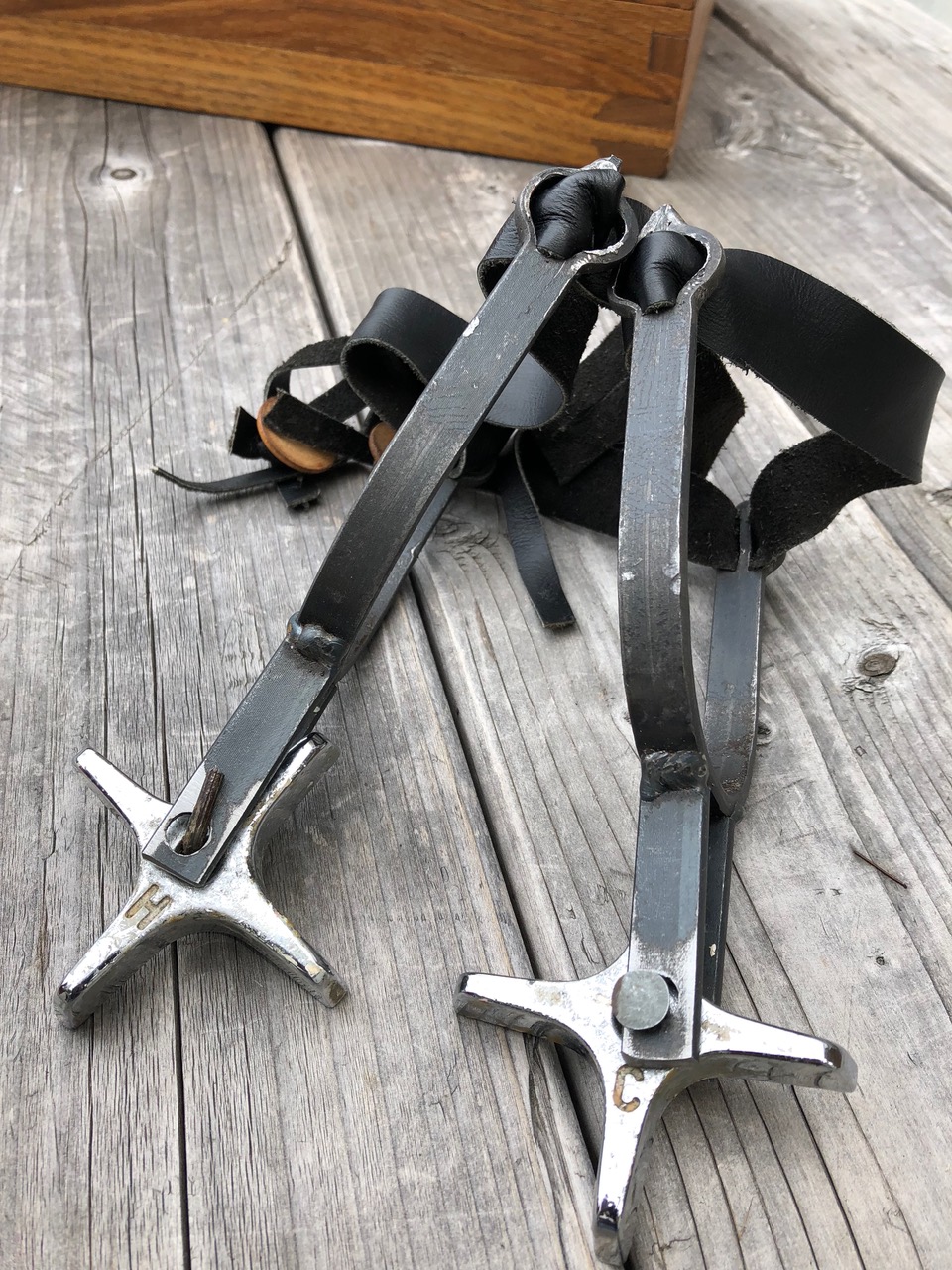Swale House!
Problems…
Shinola!
Leigh's Shelves!
Dude’s Door!
Lee Ufan!
Nehemiah's Letters!
Alma Install!
Chainsaw Time!
Peter's Windows
National Geographic, always awesome!
I was brought in by Cross Museum Services to help with some display fabrication for Nat Geo's upcoming Jane Goodall exhibit. It was my first time working in their shop on a project. As always, the Nat Geo team was amazing to work with.
Also: Pterodactyl! Turns out they aren't extinct, they're just hiding.
Unintentional Media Attention
https://news.virginia.edu/content/bigger-picture-literary-flame-burns-bright?utm_source=DailyReport&utm_medium=email&utm_campaign=news
While working on an art conservation project at UVA, I received a little unintentional media attention. I didn't realize I was talking with a reporter! Normally this kind of story is something that I would request go through the p.r. person of the company I'm subbing for.
Photo by Sanjay Suchak, University Communications
Thanks Sanjay!
Custom Van Built-in
Need a place to store a fire extinguisher and other equipment in between your van-based sound system and power system?
Making built-ins with bendy plywood takes some careful measuring, but is otherwise pretty straightforward.
I measured out the space into which the cabinetry needed to fit, using the straight side to get a clear idea of the shape of the intersecting curves on the other sides.
Layers of shellac and glue join the curved surfaces together with the help of cloth.
Shelves are screwed in from the back.
The built-in is secured in place with tek screws into the structure of the van as well as with blocks of wood attached to other structural components.
All in all, not a bad afternoon's efforts! Go van go!
Bucking Trends and Cutting new Paths

I made these custom spurs as a gift to an interior designer client/friend of mine, because, well, why not? DC may not be horse country, but equestrian themes know no bounds in custom art fabrication.
Read MoreThe Steady March of Progress.
So you have your idea, you have your provisional patent, and I, your illustrious fabricator has made the first couple iterations of your new shoes. What now?
Step three:
Make the next version of your vision, shaped by all the insights garnered thus far.
Molds made of cut chip board, glued and shellaced to plywood. Soles cast in urethane rubber, carefully selected to meet the specific demands at hand. Or, well, at foot.
Pedestal for Jessica, Pedestal as Metaphor.
Between her drawing and her Instagram post, I was happy to help out Jessica Burnam make a pedestal for one of her works out of wood and steel.
She drew out what she needed, and I made it with wood and steel I had on hand at my studio.
I enjoy being there for fellow artists and creatives, giving them the support they need when they need it. It may be a cheesy metaphor, but there's sincerity to it. I enjoy making things that elevate the work of others.
Breaking the Mold of Sports Shoes. Literally.
I understand if you feel the need to punch my face for the pun in the title. I'm sorry, I had the compulsion and just couldn't fight it.
Anyhow, step two: making molds and casting soles. Knowing that these soles would be the first stop on an iterative design journey, I made them happen as quickly and cheaply as possible. So long as they could shed light on the unknowns in our quest for better athletic footwear, then they were doing what we needed.
And what makes quick, cheap molds for prototyping?
Scrap wood and homemade play-doh, that's what.
Here you can see clear rubber left over from another project that I used in the plywood and play-doh mold, breaking it upon removal.
Band Saw or Electric Planer- which removes the sole of an athletic shoe quicker?
I've been asked to prototype some custom athletic footwear with a unique sole. The client's patent application depends on it. Where to begin?
Step one: remove the sole from generic store bought athletic shoes.
I removed the sole of the sneaker with a band saw so that I could better attach the prototype. I wasn’t sure whether the planer or a band saw would be a more effective method.
Maybe not surprisingly, rubber that stands up to daily wear on pavement also stands up to to most efforts to remove it intentionally.
I used this electric planer to take the sole off this athletic shoe. The goal was to flatten out the bottom enough that I could glue a new prototype sole onto it.
So, what does the trick? I found that both the electric hand planer and the band saw work, but a bandsaw with a fresh, fine-toothed blade is much quicker. The electric planer on the other hand did well at evening out the cut surface, better readying the footwear for its new sole.
Look for step two in a minute.
Saxelby, Halcyon, Hillyer, etc.
It has been a real pleasure helping Georgia Saxelby with her To Future Women project the last few weeks.
I first met Saxelby while helping Gayle Friedman install her (amazing!) show at the Hillyer in June. Saxelby needed an extra hand with a couple of things installing her show at the Hillyer also, and she brought me on board for the next steps after I made her a couple custom tools out of materials available in the gallery.
Over the next few weeks, I helped Saxelby fabricate and install her work at the Smithsonian Arts and Industries building for the By the People Festival.
Saxelby on the cover of the city paper, working on the arch we fabricated.
While it may or may not be too late to contribute a letter to be archived at the Phillips Collection as part of this project, taking the time to have a moment of reflection, of introspection- it feels right and necessary.


























